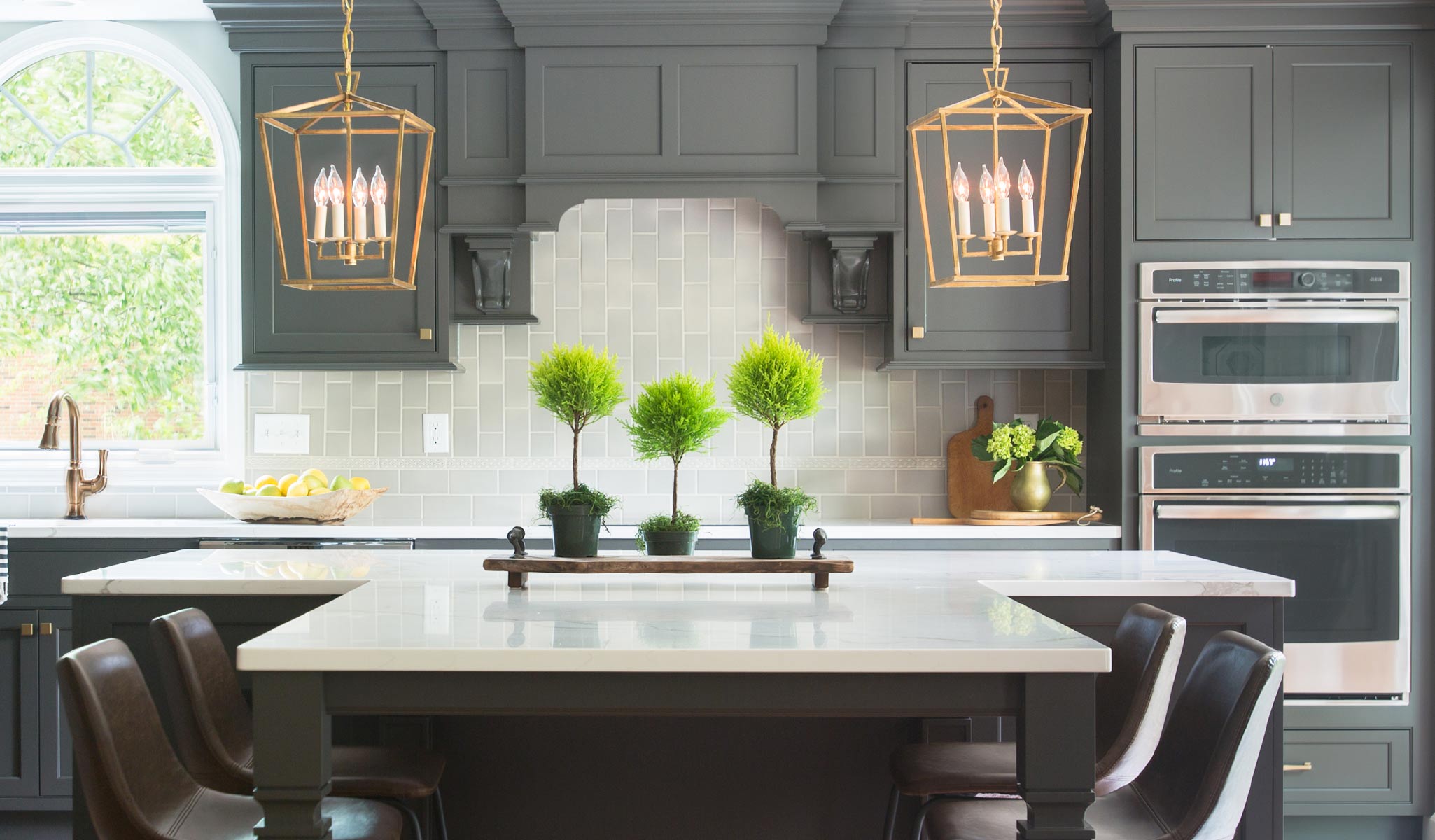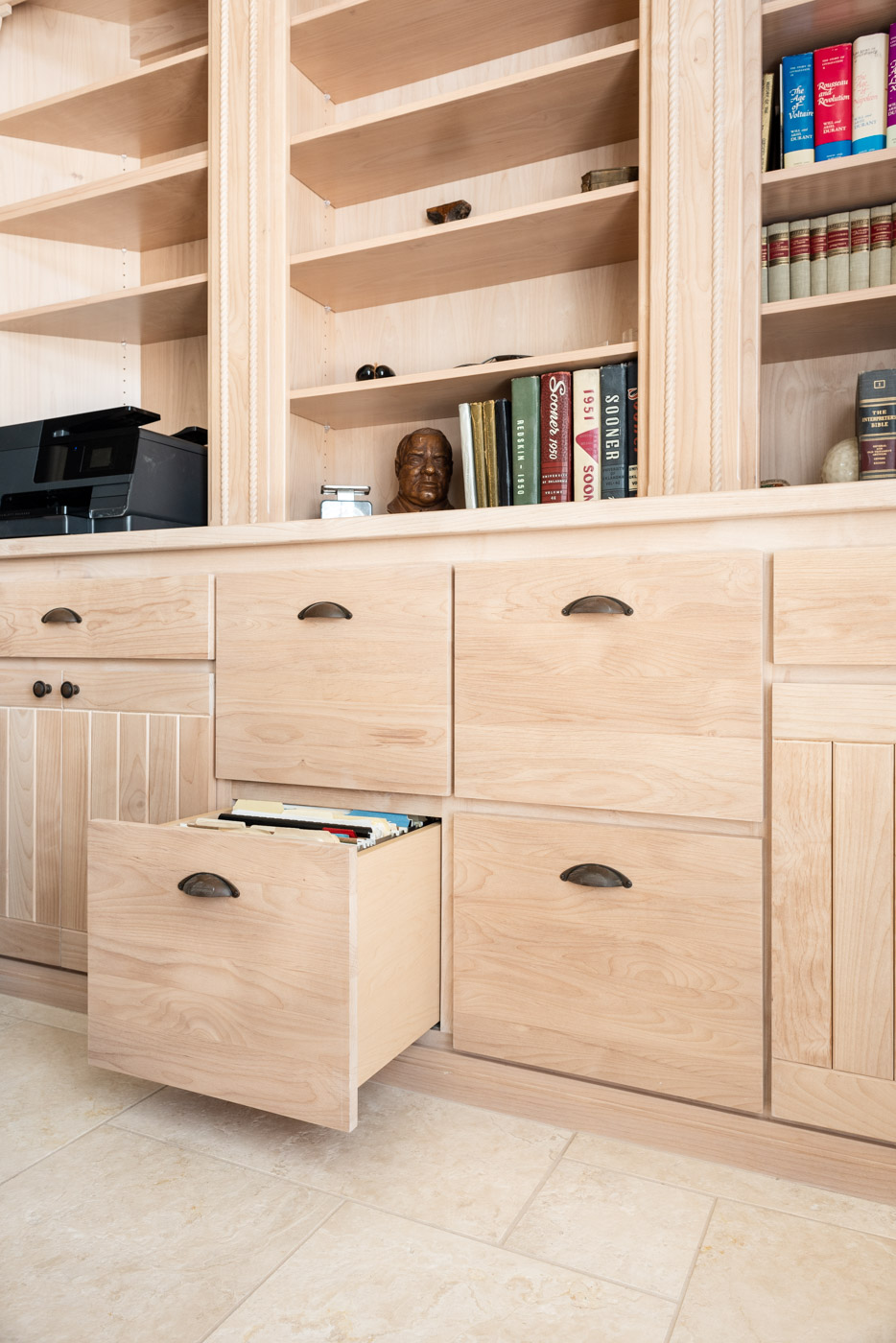All Categories
Featured
Door placement is a crucial yet frequently undervalued component in home layout. It not only affects the performance and aesthetic appeals of a room however also adds to the general consistency and livability of a home. By understanding the principles behind strategic door positioning, homeowners and designers can develop interiors that flow seamlessly, feel balanced, and enhance everyday living.
Doors are extra than entrance points; they determine how people navigate and engage within a home.
Practical Tips:
Direct Pathways: Area doors in locations that straighten with natural strolling paths, lowering unneeded detours. A door leading to the garage needs to connect conveniently to the cooking area for easy grocery store discharging.
Clearance: Make sure adequate room around doors to prevent disputes with furniture or architectural aspects.
Availability: In multi-generational homes, take into consideration door sizes and limits that fit flexibility aids.
The positioning of doors can dramatically improve natural illumination and ventilation, producing a much healthier and a lot more inviting indoor atmosphere.
Optimizing Methods:
Straighten with Windows: Placing doors opposite windows assists network fresh air with the home, especially in warm climates.
Glass Panels: Include glass-paneled doors to lighten up darker rooms and reduce dependence on man-made illumination.
Alignment: Place exterior doors to make the most of sunshine at various times of the day. A south-facing door records heat and light in cooler environments.
Reliable door positioning appreciates the requirement for both shared and exclusive rooms within a home.
Positioning Approaches:
Buffer Zones: Make use of hallways or transitional areas to separate personal rooms like bed rooms from common locations.
Washrooms: Find restroom doors out of straight sight from dining or living rooms to preserve discretion.
Home Offices: Setting doors to decrease sound and visual diversions, especially in open-plan layouts.
Doors add to the aesthetic language of a home and should be thoughtfully incorporated right into its design.
Layout Tips:
Proportions: Ensure door sizes are proportional to the room's dimensions for a well balanced look.
Balance: In proportion door positioning can produce a feeling of order and beauty in common areas.
Visual Flow: Line up door styles and do with the home's total style motif for uniformity.
Door positioning can play a vital role in preserving indoor comfort and minimizing energy expenses.
Energy-Saving Solutions:
Weatherproofing: Outside doors need to be secured and positioned to reduce drafts and warmth loss.
Zoning: Use doors to create thermal areas within the home, allowing targeted home heating or cooling.
Sun and Wind Considerations: In windy locations, place doors away from prevailing winds or mount windbreaks to enhance energy effectiveness.
Door positioning typically carries much deeper symbolic or social definitions, influencing design choices.
Examples:
![]()
Feng Shui Principles: According to Feng Shui, the major entry should invite favorable power (" chi") and prevent straight positioning with back entrances to stop power loss.
Directional Placement: Some cultures think that specific door orientations bring success or harmony.
Grand Entrances: A well-placed primary door can work as a symbol of friendliness and openness.
![]()
Last Ideas
The scientific research of door placement exceeds useful factors to consider to shape the method we experience and communicate with our homes. By concentrating on activity, light, personal privacy, aesthetic appeals, and also cultural ideas, you can ensure that your home is not just useful but likewise a sanctuary of equilibrium and beauty. Thoughtful door positioning transforms an ordinary residence into a room that feels without effort created and perfectly suited to its citizens.
- Helping With Motion and Availability
Doors are extra than entrance points; they determine how people navigate and engage within a home.
Practical Tips:
Direct Pathways: Area doors in locations that straighten with natural strolling paths, lowering unneeded detours. A door leading to the garage needs to connect conveniently to the cooking area for easy grocery store discharging.
Clearance: Make sure adequate room around doors to prevent disputes with furniture or architectural aspects.
Availability: In multi-generational homes, take into consideration door sizes and limits that fit flexibility aids.
- Harnessing Light and Air
The positioning of doors can dramatically improve natural illumination and ventilation, producing a much healthier and a lot more inviting indoor atmosphere.
Optimizing Methods:
Straighten with Windows: Placing doors opposite windows assists network fresh air with the home, especially in warm climates.
Glass Panels: Include glass-paneled doors to lighten up darker rooms and reduce dependence on man-made illumination.
Alignment: Place exterior doors to make the most of sunshine at various times of the day. A south-facing door records heat and light in cooler environments.
- Stabilizing Privacy and Openness
Reliable door positioning appreciates the requirement for both shared and exclusive rooms within a home.
Positioning Approaches:
Buffer Zones: Make use of hallways or transitional areas to separate personal rooms like bed rooms from common locations.
Washrooms: Find restroom doors out of straight sight from dining or living rooms to preserve discretion.
Home Offices: Setting doors to decrease sound and visual diversions, especially in open-plan layouts.
- Visual and Style Considerations
Doors add to the aesthetic language of a home and should be thoughtfully incorporated right into its design.
Layout Tips:
Proportions: Ensure door sizes are proportional to the room's dimensions for a well balanced look.
Balance: In proportion door positioning can produce a feeling of order and beauty in common areas.
Visual Flow: Line up door styles and do with the home's total style motif for uniformity.
- Power Effectiveness
Door positioning can play a vital role in preserving indoor comfort and minimizing energy expenses.
Energy-Saving Solutions:
Weatherproofing: Outside doors need to be secured and positioned to reduce drafts and warmth loss.
Zoning: Use doors to create thermal areas within the home, allowing targeted home heating or cooling.
Sun and Wind Considerations: In windy locations, place doors away from prevailing winds or mount windbreaks to enhance energy effectiveness.
- Symbolic and social Point of views
Door positioning typically carries much deeper symbolic or social definitions, influencing design choices.
Examples:

Feng Shui Principles: According to Feng Shui, the major entry should invite favorable power (" chi") and prevent straight positioning with back entrances to stop power loss.
Directional Placement: Some cultures think that specific door orientations bring success or harmony.
Grand Entrances: A well-placed primary door can work as a symbol of friendliness and openness.

Last Ideas
The scientific research of door placement exceeds useful factors to consider to shape the method we experience and communicate with our homes. By concentrating on activity, light, personal privacy, aesthetic appeals, and also cultural ideas, you can ensure that your home is not just useful but likewise a sanctuary of equilibrium and beauty. Thoughtful door positioning transforms an ordinary residence into a room that feels without effort created and perfectly suited to its citizens.
Latest Posts
Check Out Brake Repair & More: Comprehensive Auto Care Solutions from Montclare Auto Repair
Published en
1 min read
Unlock WyHy Federal Credit Union – Wyoming’s Best Banking Choice for Your Money Goals
Published en
1 min read
Join Your Financial Partner at WyHy – Top Benefits for Your Goals
Published en
1 min read
More
Latest Posts
Check Out Brake Repair & More: Comprehensive Auto Care Solutions from Montclare Auto Repair
Published May 28, 25
1 min read
Unlock WyHy Federal Credit Union – Wyoming’s Best Banking Choice for Your Money Goals
Published May 26, 25
1 min read
Join Your Financial Partner at WyHy – Top Benefits for Your Goals
Published May 25, 25
1 min read